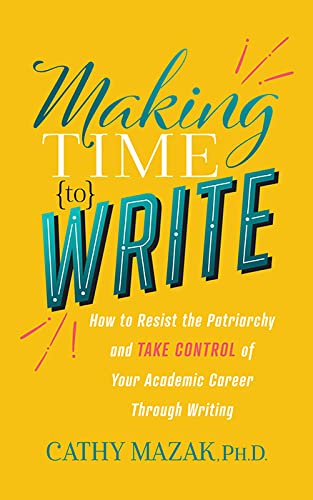
How I write review papers
I’ve written a fair number of review papers as well as review reports (as part of deliverables for projects) over the past few years. Over the years, I’ve settled on a methodology that I use for writing these papers and reports.
Here are the steps I go through:
- Gathering references: I start by collecting references on the topic, with a focus on existing review articles (if any), as well as the most-cited and most recent papers.
- Reading: I start by reading all the references. I like reading on my tablet and I will use highlighting, underlining, and note-taking on the papers. I don’t read all papers to the same level of detail.
- Copying text: After reading everything, I may have a general idea of structure or topics, so I start a Word file with these subjects, and I start to copy-paste the screenshots of the papers and the Endnote references into this document.
- Annotated bibliography: When all the raw information is copied into the document, I will type out the text, and paraphrase and summarize where necessary. I will typically end up with a very long documents with an annotated bibliography and notes.
- Editing for themes: In a next round, I will carefully go through the text and see which topics need to be combined into paragraphs or into topics. I will make a roadmap for the new structure of the paper, and then identify on a print copy with various colors or various numbers which topics belong together and in which paragraph.
- Rewrite around themes: I then either edit existing text, or start a new file in which I rewrite my annotated bibliography and notes around these themes that I identified.
- Editing for structure: I print a copy again (or make a PDF print) and edit by hand for the overall structure: the topics of the paragraphs, the flow from paragraph to paragraph, and the structure within each paragraph.
- Rewrite for improved structure: I then return to Word to make these necessary changes. I typically still have a rather large document.
- Further editing: In a next round of editing, I read and focus on what I can reduce, condense further, and how I can sharpen my argument.
- Writing sections: I return to Word to implement these changes, and then I write the discussion section (sometimes I will work on this during the editing rounds), the summary and conclusions, and, if I haven’t done so earlier, the abstract as well. I now should have something that start to resemble the final paper.
- Printing and editing: I typically print a hard copy (or sometimes a PDF print for editing on my tablet) to read through the final thing and make the last changes.
- Final rewrite: Typically, the last rewrite includes only minor changes in shortening sentences, clarifying aspects, and rephrasing some clunky sentences.
How do you write a review?
Share with your peers!



